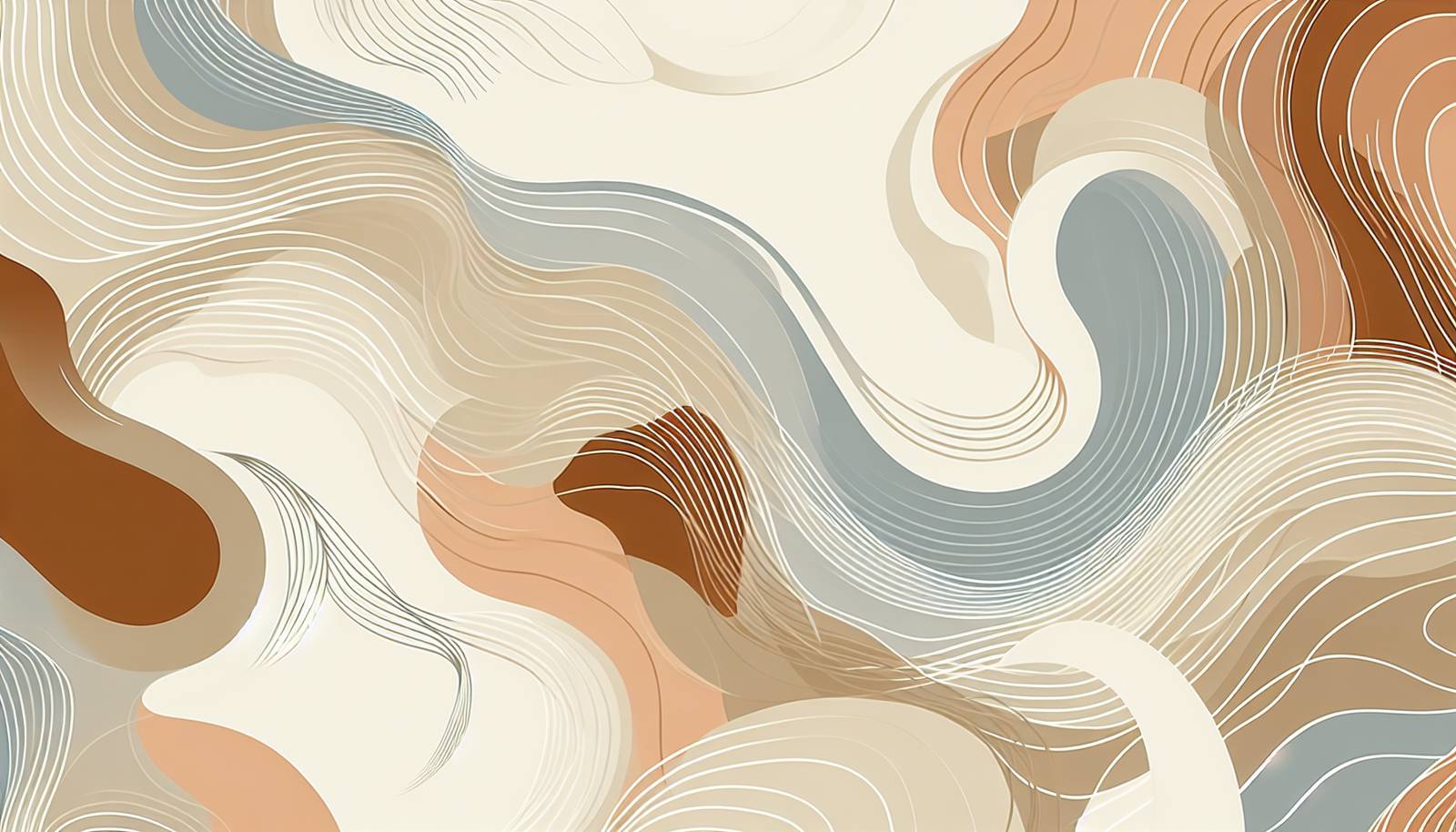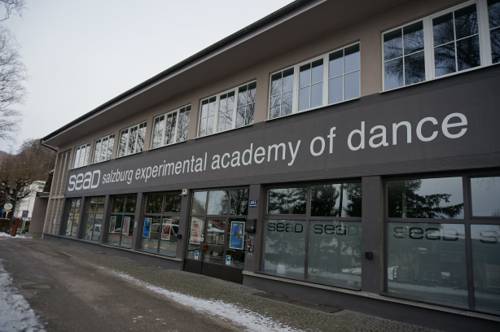
FAQ About The Role of Experimental Dance in Contemporary Art

What is experimental dance?
Experimental dance is a genre that emphasizes innovation and breaking away from traditional dance forms. It often explores new techniques, movements, and concepts to challenge the boundaries of what is typically considered dance. This form encourages exploration and creativity, often integrating elements from other art forms to create a unique artistic experience.

How does experimental dance influence contemporary art?
Experimental dance plays a significant role in contemporary art by fostering interdisciplinary collaborations and pushing the envelope of traditional artistic boundaries. It encourages new forms of expression and innovation, allowing artists to explore themes in non-conventional ways. This influence is seen in how dance integrates with visual arts, music, theater, and digital media, leading to novel and impactful artistic experiences.

What are some characteristics of experimental dance?
Characteristics of experimental dance include an emphasis on innovation, a departure from traditional dance techniques, and a focus on expressive movement. It often involves improvisation, unusual choreography, and the use of unconventional spaces for performances. The experimentation extends to the incorporation of multimedia elements and collaboration with other art disciplines.

Can you give examples of famous experimental dance artists?
Some renowned artists in the field of experimental dance include Merce Cunningham, who was known for his unique approach to choreography and his collaborations with composer John Cage; Pina Bausch, who combined dance and theater to create emotionally powerful performances; and Trisha Brown, recognized for her innovative movement techniques and site-specific works.

How does experimental dance challenge traditional forms?
Experimental dance challenges traditional forms by disrupting established norms of choreography, performance, and audience interaction. It often questions conventional narratives and aesthetics, allowing for more abstract and thought-provoking presentations. This approach can lead to new interpretations of movement and a redefinition of what constitutes a dance performance.

In what ways does interdisciplinary collaboration occur in experimental dance?
Interdisciplinary collaboration in experimental dance occurs when dancers work with artists from other fields, such as visual arts, music, or digital media. These collaborations can result in innovative performances where dance is enhanced by technology, visual projections, or interactive installations. By combining different artistic perspectives, experimental dance can convey more complex themes and create immersive experiences.

What role does technology play in experimental dance?
Technology plays a pivotal role in experimental dance by expanding the possibilities for expression and interaction. It allows for the integration of digital media, such as video projections, sound manipulation, and interactive software, to enhance performances. These technological elements can transform traditional dance spaces into dynamic environments, enriching the audience's experience and interpretation of the piece.

How does experimental dance incorporate innovation?
Innovation in experimental dance is achieved through exploring new movement vocabularies, techniques, and artistic collaborations. Dancers may incorporate influences from contemporary issues, technology, or non-dance disciplines to create unique performances. The emphasis on experimentation leads to fresh and transformative ideas that redefine what dance can communicate and achieve.

What impact has experimental dance had on traditional ballet?
Experimental dance has influenced traditional ballet by encouraging more open-mindedness towards incorporating modern techniques and narratives. While ballet maintains its classical roots, experimental elements have inspired choreographers to push creative boundaries, blend genres, and incorporate contemporary stories or themes, leading to more varied and relatable performances.

Why do some artists choose experimental dance over traditional forms?
Artists might choose experimental dance over traditional forms to explore personal expression without the constraints of established techniques or narratives. This freedom allows artists to address contemporary themes, experiment with new mediums, and collaborate across disciplines to create multifaceted works. The experimental approach can offer a more engaging and relevant way to connect with diverse audiences.

What are some common themes explored in experimental dance?
Common themes in experimental dance include identity, politics, emotion, and social issues. Artists may also explore abstract concepts such as time, space, and human connection. The flexibility of the genre allows it to address both personal stories and universal experiences, often merging elements of theater and visual arts to deepen the storytelling.

How has experimental dance evolved over time?
Experimental dance has evolved by continually incorporating diverse influences and adapting to changes in society and technology. Originally emerging as a reaction to classical ballet and modern dance, it now integrates more varied artistic practices, including digital media and interdisciplinary collaboration. This evolution reflects broader cultural shifts and an ongoing desire to challenge the status quo in performing arts.

Are there specific venues or festivals dedicated to experimental dance?
Yes, there are several venues and festivals devoted to showcasing experimental dance. Renowned festivals such as the American Dance Festival and the Berlin Atonal Festival feature cutting-edge performances. Additionally, many contemporary art museums and galleries host experimental dance events that encourage collaboration between dance and visual arts.

How do audiences typically react to experimental dance?
Audience reactions to experimental dance vary widely, as the performances often push boundaries and challenge traditional expectations. Some may appreciate the innovation and artistic exploration, while others might find it challenging to interpret. The diversity of responses is part of what makes experimental dance a dynamic and provocative art form, inviting viewers to engage with it on a personal level.

What skills are important for an experimental dancer to have?
Key skills for an experimental dancer include versatility, creativity, and an openness to exploring unconventional movements and ideas. They should be comfortable with improvisation, collaboration, and the use of technology. Having a strong foundation in various dance techniques can also be beneficial to effectively blend traditional and innovative elements.

What challenges do performers face in experimental dance?
Performers in experimental dance often face challenges such as the ambiguity of movement interpretation and the need for continuous innovation. Navigating the balance between artistic expression and audience engagement can be difficult. Additionally, because experimental dance pushes conventional boundaries, dancers may encounter resistance or misunderstanding from traditional audiences or institutions.

How do experimental dance choreographies get developed?
Choreographies in experimental dance typically begin with an idea or concept that the choreographer wishes to explore. This can involve improvisational sessions, collaboration with other artists, and experimentation with movement and technology. The process is dynamic, with choreographies often evolving over time through feedback and iterative development.

Is there a difference between modern dance and experimental dance?
While both modern and experimental dance focus on innovation beyond classical ballet, they differ in approach and intent. Modern dance emerged as a reaction to ballet, emphasizing freedom of movement and expressiveness. Experimental dance takes this further, often breaking away from any traditional or modern constraints to explore entirely new forms, narratives, and collaborations.

What role do cultural influences play in experimental dance?
Cultural influences play a significant role in experimental dance, offering a rich tapestry of themes, stories, and styles to explore. Many experimental choreographers draw inspiration from diverse cultural backgrounds, blending traditional dance forms with contemporary techniques to create unique performances that resonate across different audiences.

How can someone get involved in experimental dance?
Those interested in experimental dance can get involved by taking classes or workshops that focus on improvisation, collaboration, and new media. Participating in interdisciplinary art projects, attending performances, and connecting with experimental dance communities and festivals are excellent ways to immerse oneself in the field and develop personal expression in dance.
